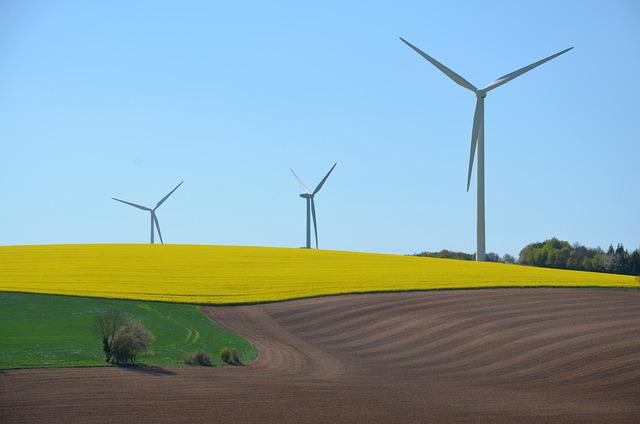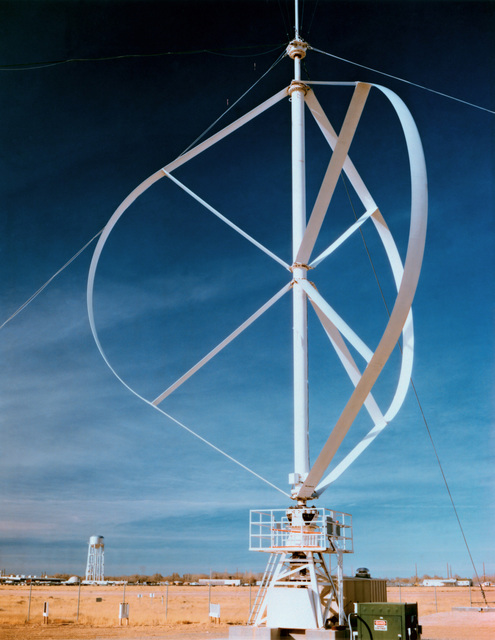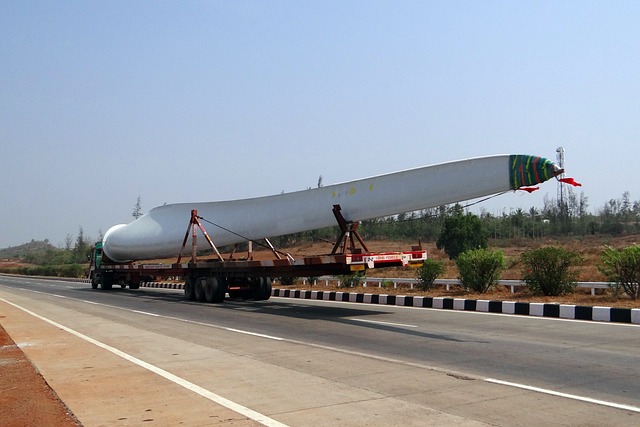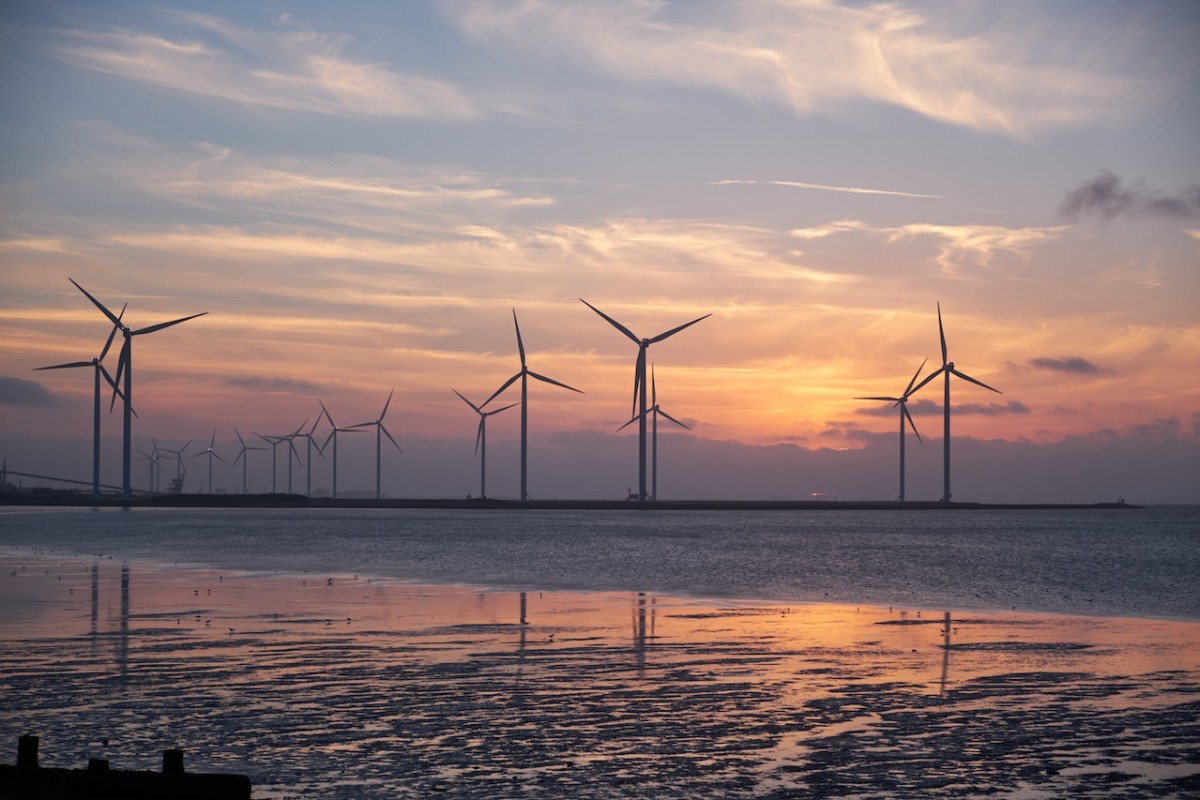Discover The 3 Types of Wind Energy
Hey there! Let’s discover the 3 types of wind energy. Are you feeling overwhelmed by the buzz around renewable energy sources?
I know I know – it can be overwhelming to stay updated on. But have you heard about wind energy? Specifically, the different types of wind energy that exist? Let me tell you, it’s a game-changer.
First things first – what is wind energy? In a nutshell, it’s the process of converting wind into electricity. And why is it important?
Well, for starters, it’s a clean, renewable source of energy that doesn’t produce any greenhouse gas emissions.
That means it’s better for the environment and our health. Plus, it can be a more cost-effective option compared to traditional sources of energy.
But that’s not all – the benefits of wind energy go beyond just being environmentally friendly and cost-effective.
Did you know that traditional wind turbines can be used for more than just generating electricity? They can also be used for pumping water and grinding grains in rural areas.
And have you heard of floating wind turbines? They’re less visually obtrusive and can be placed farther out to sea, reducing their impact on marine life.
Let’s not forget about vertical axis wind turbines, which can operate in low wind speeds and have a smaller footprint, making them suitable for urban areas.
So, are you intrigued yet? Keep reading to learn more about the three types of wind energy and how they could potentially benefit you and your community.
Wind energy is an increasingly popular source of clean energy that has seen a significant increase in usage over the past decade.
The International Energy Agency
According to the International Energy Agency, wind power capacity increased by 17% in 2021, despite the challenges posed by the COVID-19 pandemic.
As climate change continues to be a pressing issue, more and more people are looking to renewable energy sources as a way to reduce greenhouse gas emissions and lessen their impact on the environment.
In fact, wind energy has become the largest source of renewable energy in the United States, surpassing even hydroelectric power.
With its ability to provide large amounts of electricity without producing any emissions, wind energy has emerged as a highly viable source of clean energy.
In this article, we’ll explore the three main types of wind energy: conventional wind turbines, floating wind turbines, and vertical axis wind turbines.
We’ll take a closer look at how each type of wind energy technology works, the benefits they offer, and their potential for use in the United States and beyond.
Conventional Wind Turbines

Conventional wind turbines are the most common type of wind energy technology used today. These turbines have been around for several decades and are typically found in onshore wind farms.
They consist of horizontal axis wind turbines, which feature three rotor blades that rotate around a horizontal axis.
The rotor blades are attached to a shaft, which is connected to a generator that converts the mechanical energy generated by the blades into electrical energy.
One of the key benefits of conventional wind turbines is their efficiency in generating electrical energy.
They can produce large amounts of power, with some of the largest turbines capable of generating up to 8 megawatts of electricity.
However, the amount of electricity a turbine can generate depends on several factors, including the wind speed, the direction of the wind, and the capacity factors of the turbine.
While conventional wind turbines are primarily used in onshore wind farms, they can also be used in offshore wind farms.
Offshore wind turbines are typically larger than their onshore counterparts and are designed to withstand harsh weather conditions.
They are also capable of generating more electricity than onshore turbines, due to the stronger winds that are typically found offshore.
Floating Wind Turbines
Floating wind turbines are a newer type of wind energy technology that has emerged in recent years.
These turbines are designed to be placed farther out to sea than conventional offshore wind turbines and are typically anchored to the ocean floor using a mooring system.
Because they are floating, they are able to capture stronger winds than conventional offshore wind turbines, which can lead to higher electricity generation.
One of the key benefits of floating wind turbines is their potential to generate electricity in areas that were previously inaccessible to conventional offshore wind turbines.
For example, areas with deeper waters or stronger winds may be better suited for floating wind turbines. Additionally, because they are located farther out to sea, they are less visually obtrusive than traditional offshore turbines.
Vertical Axis Wind Turbines

Vertical-axis wind turbines (VAWTs) are a less common type of wind energy technology that has been gaining popularity in recent years.
Unlike horizontal-axis wind turbines, which have rotor blades that rotate around a horizontal axis, VAWTs have rotor blades that rotate around a vertical axis.
This design allows VAWTs to operate at low wind speeds and has a smaller footprint than horizontal-axis wind turbines, making them suitable for urban areas or remote locations where space is limited.
One of the key benefits of vertical-axis turbines (VAWTs) is their ability to generate electricity in low wind-speed areas.
Because they can operate at wind speeds as low as 4 miles per hour, they can be used in areas where conventional wind turbines would not be effective.
Additionally, their smaller footprint makes them ideal for use in areas where space is limited.
How Do Modern Wind Turbines Work and How Do They Compare to Airplane Wings?
Modern wind turbines work by converting the kinetic energy of the wind into mechanical energy that can be used to generate electricity.
The basic components of a wind turbine include the rotor, which consists of rotor blades that capture the wind and spin around a hub.
A gearbox that increases the rotation speed of the rotor blades; a generator that converts the mechanical energy of the rotor into electrical energy; and a tower that supports the rotor and nacelle.
When wind flows over the rotor blades of a wind turbine, the air pressure on one side of the blade is reduced, while the air pressure on the other side remains high.
This difference in air pressure creates a force on the blade, causing it to spin around the hub.
This spinning motion is then transmitted to the gearbox, which increases the rotation speed of the rotor and drives the generator to produce electricity.
Modern wind turbines are designed to be highly efficient, with advanced aerodynamic features that allow them to capture more energy from the wind.
For example, many wind turbines now feature variable pitch blades, which allow the blade angle to be adjusted in response to changes in wind speed and direction.
This helps to optimize the angle of attack of the blade and maximize energy capture.
The Difference Between Wind Turbine Blades And Airplane Wings

In terms of their design, wind turbine blades are often compared to an airplane wing. Like airplane wings, wind turbine blades are curved, or airfoil-shaped, to create lift.
However, while airplane wings are designed to create lift to keep the plane aloft, wind turbine blades are designed to convert wind energy into rotational energy.
One key difference between wind turbine blades and airplane wings is their orientation. Airplane wings are horizontal, while wind turbine blades are vertical.
This allows wind turbine blades to be more efficient at capturing energy from the wind, as they are able to operate in any wind direction.
Additionally, wind turbine blades are much larger than airplane wings, with some blades measuring over 100 meters in length.
Harnessing Wind Energy
Wind energy is harnessed through the conversion of wind resources into mechanical power, which is then converted into electricity.
Strong winds are necessary for efficient energy generation. The blades of a wind turbine are designed to capture the kinetic energy of the wind and turn it into rotational motion, which is then transferred to a generator.
Wind turbines require a minimum wind speed of around 7-10 miles per hour to start turning, and they reach peak efficiency at wind speeds between 25 and 35 miles per hour.
To optimize energy generation, wind turbines are typically located in areas with consistently strong winds, such as on hilltops or near coastlines.
The technology behind wind turbines continues to evolve, with new designs and materials being developed to improve efficiency and reduce costs.
In conclusion, modern wind turbines work by converting the kinetic energy of the wind into mechanical energy that can be used to generate electricity.
With their advanced aerodynamic features and innovative designs, wind turbines are able to capture more energy from the wind than ever before.
While they share some similarities with airplane wings, wind turbine blades are designed specifically for energy capture, and their vertical orientation allows them to be more efficient at converting wind energy into electricity.
3 Types of Wind Energy Conclusion
In conclusion, wind energy is a rapidly growing source of clean energy that has the potential to provide large amounts of electricity without producing any emissions.
Conventional wind turbines, floating wind turbines, and vertical axis wind turbines are three types of wind energy technology that have their own unique benefits and applications.
Conventional wind turbines are efficient and can produce large amounts of electricity while floating wind turbines can generate electricity in areas that were previously inaccessible to traditional offshore wind turbines.
Vertical axis wind turbines, on the other hand, can operate in low wind speed areas and have a smaller footprint, making them ideal for use in urban areas.
As the demand for clean energy continues to grow, there is great potential for continued advancements in wind energy technology in the near future.
From larger and more efficient conventional wind turbines to innovative new designs like floating and vertical axis wind turbines, there are plenty of options available for harnessing the power of the wind.
One of the biggest benefits of wind energy is its potential to help mitigate the impacts of climate change by reducing greenhouse gas emissions.
In the United States, wind energy has become an increasingly important part of the country’s energy mix, with more than 118,000 utility-scale wind turbines currently in operation.
In fact, wind energy is now the largest source of renewable energy in the United States, surpassing even hydroelectric power.
Plus in addition to its environmental benefits, wind energy also has the potential to create jobs and stimulate economic growth in local communities.
Wind Farms
Wind farms require skilled technicians to install and maintain the turbines, as well as support staff to manage operations and logistics.
In many cases, wind energy projects have also led to investments in local infrastructure, such as roads and transmission lines.
While wind energy may not be a perfect solution to our energy needs, it’s clear that it has the potential to play a significant role in transitioning to a more sustainable and environmentally friendly energy system.
Whether it’s through conventional wind turbines, floating wind turbines, or vertical axis wind turbines, harnessing the power of the wind is an important step towards creating a cleaner, more sustainable future.
Recent Posts
Understanding Energy and Electricity: The Power For Progress
Energy and Electricity Energy and electricity are integral components of modern life, powering everything from homes and businesses to transportation and communication. Without them, the...
The Future of Wind Energy The future of wind energy is set to play a critical role in addressing global energy needs while combating climate change. As renewable energy sources like wind and...


